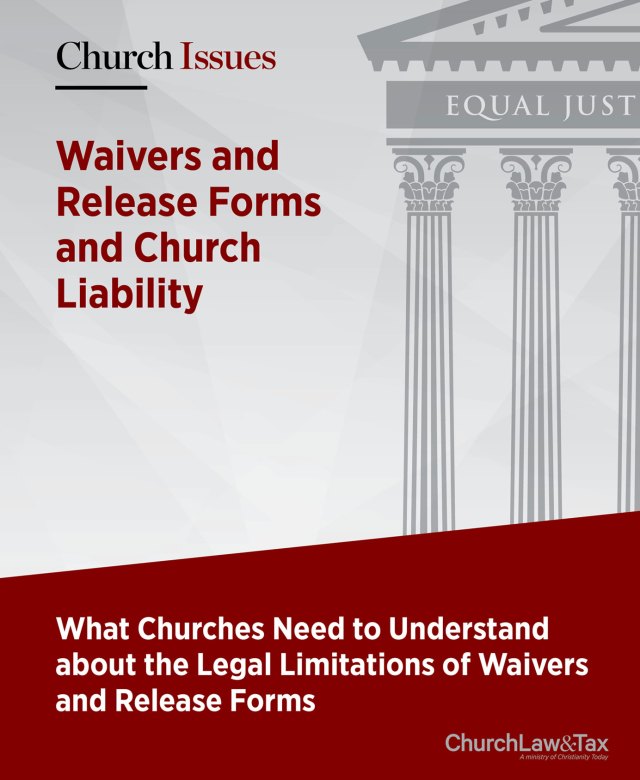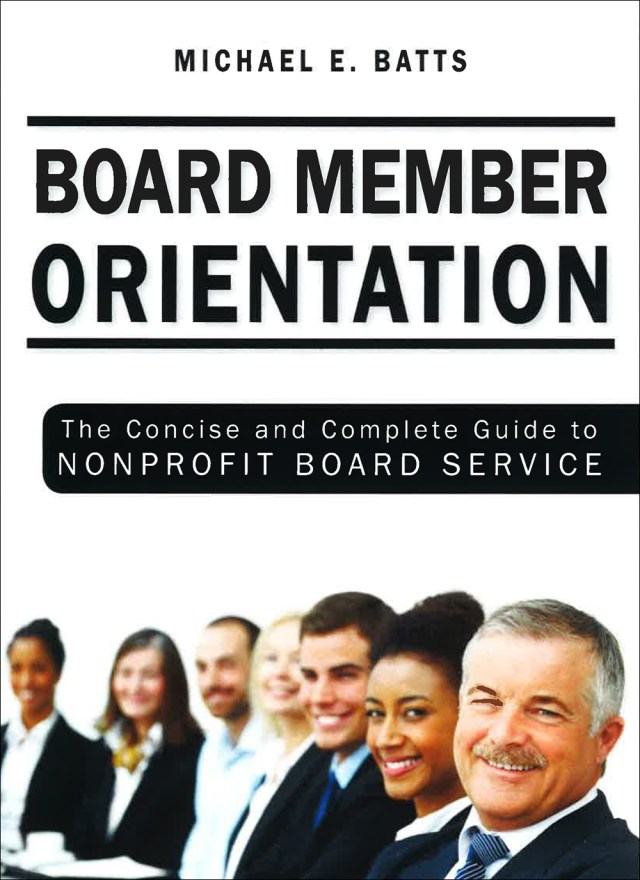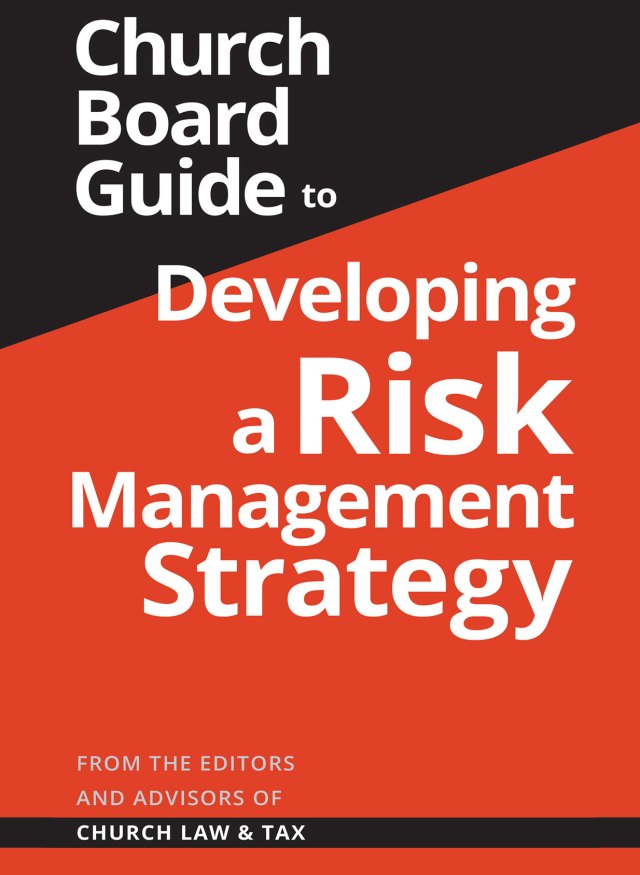• Key point: A release form that attempts to relieve a church from liability for personal injuries will be strictly construed against the church and will not be enforceable against persons not specifically released by the agreement.
• A New York appeals court ruled that a church could not avoid liability for personal injuries suffered by a construction worker on church premises on the basis of a release form that did not specifically release the worker. A church hired a contractor to repair its bell tower and spire, and had the contractor sign an agreement that contained the following “hold harmless” agreement:
The contractor agrees that he undertakes all repairs and renovations as detailed in the proposal at his how risk and he agrees to indemnify and save the church and all it’s [sic] members and officers for damage to property or injury to, or the death of any person, including employees, of any actions arising out of the acts of the contractor and at his own cost and expense, defend any action brought against either the contractor or the church; and promptly pay any adverse judgment in any such action, and hold the church and its members and officers harmless from and against any loss or damage and expense claimed by the church and its members and officers by reason of such claim.
The contractor hired a worker who was seriously injured when he fell nearly 30 feet when the scaffolding on which he was working collapsed. The worker sued the church, and the church defended itself by citing the “hold harmless” agreement quoted above. A court ruled that the church could not escape liability on this basis. It noted that New York law imposes absolute liability upon owners and contractors for a failure to furnish and erect safe scaffolding, and that this liability was not avoided by the hold harmless agreement since only the contractor (and not the worker he hired) agreed to release the church from liability. The court observed that there was no “shred of evidence … from which one might infer that [the victim] was a ‘contractor’ as that term is generally understood.” Further, “[j]udicial recognition of this contract as an effective waiver would eviscerate the statute [imposing an absolute duty upon owners and contractor to maintain safe scaffolding] rendering its protection a mere sham.” This case illustrates the reluctance courts often express in enforcing release agreements. It is essential for such agreements to specify clearly the persons who will be bound by the agreement. In this case, the release agreement relieved the church from liability only against the contractor. Since the contractor’s worker was not specifically contemplated by the agreement, he was not bound by it. Bain v. First Presbyterian Church and Society, 601 N.Y.S.2d 535 (Sup. 1993).
See Also: Negligence as a Basis for Liability – Defenses
© Copyright 1994, 1998 by Church Law & Tax Report. All rights reserved. This publication is designed to provide accurate and authoritative information in regard to the subject matter covered. It is provided with the understanding that the publisher is not engaged in rendering legal, accounting, or other professional service. If legal advice or other expert assistance is required, the services of a competent professional person should be sought. Church Law & Tax Report, PO Box 1098, Matthews, NC 28106. Reference Code: m62 m58 m86 m35 c0494




